Cape Town to Cairo 23 Weeks - Itinerary
What’s it like?
As we will be camping and travelling for an extended period of time, you must be prepared for an adventurous challenge. It can be hot and dusty, and will sometimes be out of contact from the rest of the world. This means no telephones, shops or any other mod cons. We need you to participate and work with all members of the expedition. For the Trans we use sturdy purpose-built vehicles for these rugged off-road conditions.
Due to the nature of the trip, we do not have a specific day-to-day itinerary.
Read up on the Pre-Departure Information, Visa Information, Side Trips / Optional Extras and see where the trip goes on the Map before you start so you know what’s involved
Cape Town to Cairo
Nestled at the foot of Table Mountain; plenty of cafes, pubs, clubs, markets and sights. You can climb the mountain or take the cable car to the top for some wonderful views of the city and the Cape Peninsula and visit Robben Island.
WEEK 1: Cape Town to Little Karoo & Addo National Park
To the Cape of Good Hope, and the Cape peninsula. Walk up to the upper lighthouse, or ride on the Flying Dutchman Funicular for some spectacular views. On to Hermanus; now Gansbaai, for whale watching, shark cave diving and Dyer Island Nature Reserve. Cape Agulhas the most southern tip of Africa – the dividing line between the warm Indian Ocean and the cool Atlantic.
Between August to December Southern Right and Humpback Whales can be seen off the southern coast. From Cape Agulhas we pass through the Outeniqua Mountains to the Little Karoo – we will visit an Ostrich farm to see the worlds largest bird. We explore the Cango network of calcite caves
South Africa’s Garden Route – through Knysna, on its lagoon and Tsitsikamma Forest; where you will be able to hike along the coast and view the crashing waves at the mouth of the scenic Storms River to see dolphins and whales in the ocean. Optional excursions in this region include mountain biking, black water tubing, and bungee jumps at Bloakrans Bridge – the highest jump in the world at 216 metres. Along the coast to Addo Elephant National Park – home to the BIG 7 – lion, rhino, elephant, leopard, buffalo, whale and shark.
WEEK 2-3: The Free State, Lesotho and Eswatini
On to the rugged and remote Wild Coast and the seaside village of Cintsa, on the Cintsa River. A free day on sandy beaches, canoe the river, hike, or horse ride.
Lesotho is a mountain kingdom surrounded by South Africa. Tremendous scenery and the mountain air crisp and fresh.. We stay at Malealea Lodge, a countryside retreat, high in the mountains. With waterfalls, rock pools ideal for swimming, and peaceful hikes in the surrounding hills and pony trekking. We drive through the lowlands of Lesotho and visit Thabo Bosiu or Mt. Moorosi; a mountain stronghold, which was the home of Chief Moshoeshoe, the founder of the Basotho nation. On to Lesotho’s tiny capital Maseru, and South Africa.
The Royal Natal National Park on the edge of the Drakensburg Mountains has an impressive natural Amphitheatre of massive rock walls. The Tugela River plunges spectacularly over the edge of the Amphitheatre wall, dropping around 800m through a series of five falls.
We cross from Lesotho to South Africa and on to Swaziland, now Eswatini a traditional country, with one of the last African monarchies. Magnificent highveld scenery, with rolling uplands with impressive valleys and gorges. Great hiking is available through the wilderness.
WEEK 4-5: Eswatini, Mozambique, South Africa to Chobe, Botswana
From Eswatini you can visit Maputo, Mozambique which is just a few hours away. We re-enter South Africa and head west through the Afrikaaner farming heartland, and on to Johannesburg for a visit. From Johannesburg we drive north west to Botswana on the Trans Kalahari highway towards Chobe on the Zambezi River
We spend a night by the banks of the Chobe River, in Kasane. Here hippo, buffalo and crocodiles share the river bank and occasionally pay us a visit through the night. Here you can take a sunset cruise on the river or take an afternoon game drive through the park, and see some of Africa’s largest elephants and big cats.
Week 6-8: Zimbabwe, Zambia, Malawi
We reach Victoria Falls
Here the Zambezi River plunges 100 metres down a mile wide chasm, creating one of the most incredible natural wonders of the world. The local name for the Falls is ‘Mosi-oa-Tunya’ which means ‘the smoke that thunders’ and you’ll soon find out why. When the river is in full flow, the falling water causes a huge roar and sends a cloud of spray up to 500 metres into the air.
Livingstone town, beside the Zambezi and above the Falls
For a few days, as there is so much to see and do. Adventure activities abound – you can bungee jump, white water raft, take a Microlite flight above the falls, sky-dive and go game-viewing on horse back. More sedate excursions include canoeing, light aircraft or helicopter flights over the falls, and the sunset cruise on the Zambezi. Of course, the falls themselves are the main attraction and you can walk through the rain forest along the cliff opposite for an excellent view.
Lake Malawi
We soon reach the shores of its huge lake. The campsites and small resorts along Lake Malawi offer sandy beaches, swimming and snorkeling, water skiing and walking in the surrounding countryside. You will also find markets selling beautifully carved Malawi chairs, tables and other souvenirs.
Week 9-11: Tanzania
Through Mikumi National Park
We may well see giraffe or pygmy elephants grazing along the roadside.
Dar es Salaam take the ferry to Zanzibar
We arrive in Dar to our campsite on the beach of the Indian Ocean. If you decide not to go to Zanzibar, the campsite at the beach is an ideal place to have a few lazy days.
From Dar es Salaam take the ferry to Zanzibar and the old stone capital of the Omani Sultanate. Sandy beaches, spice tours, snorkelling, diving and trips to other nearby islands. Zanzibar is a fascinating place to visit and to take it all in. Over a thousand years trade between Africa and Arabia has resulted in the blending of Arabs and Africans into a beautiful Swahili coastal culture with; wooden sailing dhows crossing the ocean, coconut plantations and fishing villages with mosques on the beaches. Nungwe beach resort on the north of the island has the most beautiful beaches.
Stone Town in Zanzibar Town is a UNESCO World Heritage Site, the old slave market, the spice growing areas, Jozani Forest with Red Colobus Monkeys and in the evening the seafood cafes on the wharf side.
Heading inland we pass Africa’s highest peak; Mt Kilimanjaro.
Ngorongoro Crater & Serengeti National Park
From Arusha we hire Landrovers to visit the Ngorongoro Crater & Serengeti National Park, which has the heaviest concentration of plains game found all over East Africa.
Week 12-13: Uganda
From the border we drive through rain forests
We pass through tea and sugar plantations to Uganda’s capital, Kampala. Crossing the equator we camp on the shores of Lake Bunyonyi, the deepest crater lake in Uganda.
Mountain Gorillas
We climb through lush terraced hills to Kisoro, from here we trek the famed mountain gorillas or you could visit Mgahinga National Park for a day hike up a volcano or a guided nature trail. We meander back to Lake Bunyonyi to relax, canoe, mountain bike and swim.
The modern bustling city of Kampala
See the National Museum, the Kasubi Tombs of the Buganda people. Crossing the Owen Falls Dam we arrive at Jinja on the shores of Lake Victoria. Spend an action-filled day white water rafting down the Nile, bungee jump, fish on Lake Victoria, take a guided village walk; or give up a day of your holiday to volunteer for the local community education project.
Week 14: Kenya
Lake Nakuru & Nakuru Town, the capital of the Rift Valley Province
We visit Lake Nakuru, viewing game in a park famous for its soda lake surrounded by thousands, sometimes millions of pink flamingoes. We move on to camp on the shores of Lake Naivasha where hippos come to graze in the evenings.
Close by is Hell’s Gate National Park and Elsamere
Once the home of Joy Adamson and Elsa the lion of ‘Born Free’ fame. From here we return to Nairobi with the chance to feast at the renowned Carnivores Game Restaurant.
Passing gazelle, giraffe and troops of baboons on our way to Nairobi. Leaving Nairobi we pass the dramatic landscape of the Rift Valley to the highlands of Kenya.
A short break in Nairobi – you can take the train to the coast
Take a fast daytime SGR – standard-gauge railway newly built, by Chinese, from Nairobi to Mombasa. Leave just after 8am and arrive in Mombasa at 1.30pm, just 4 1/2 hours to cover the 500 kilometres to Mombasa on the coast. You’ll arrive at the right time for a late lunch by the Indian Ocean. Look out for big game while you ride the rails through Kapiti plains and Tsavo National Park. Find out more about this side trip – railway journey with The Man in seat 61
Mombasa Island connected to the mainland by a causeway
On the island is Mombasa old town and Fort Jesus overlooking the bay; first built by the Portuguese who were the first Europeans to invade the Indian Ocean coast in the late 16th century. North and south of Mombasa town are beaches with low key resorts, they are perfect to hang out at for a few days.
Mombasa is an old port
On the Indian Ocean Coast of Africa. It dates back to 18th century, when the Portuguese and the Arabs came to the East African Indian ocean shore for the spice and slave trade.
Week 15: Northern Kenya
Mt Kenya
Mt Kenya sits almost in the geographical centre of Kenya. It’s the highest mountain in Kenya, at just about 5,200 meters (so some two thirds the height of Mount Everest, but 400 meters higher than Mont Blanc) and the second highest in Africa; Kilimanjaro being slightly taller. To reach the two highest peaks is a technical climb, so most visitors are happy to get to Point Lenana at just under 5,000 meters.
A great mountain to walk, or scramble up. Two to three nights in the park, or three to four days trekking, are the minimum one needs to reach Point Lenana. The track passes clearly defined vegetation types which quickly change as you ascend.
Starting in the fertile farmland of the Kikuyu, walk through; jungle forest, bamboo, heath, alpine moorland, desert tundra and high mountain glaciers to the rocky peaks.
Trekking on the mountain for a week is a rewarding experience. From the peaks, on a clear day, you can see Mount Kilimanjaro, in Tanzania, on the horizon to the south.
We visit the base of Mount Kenya and continue north through the Northern Frontier District of Kenya, a restricted area; semi arid with a spectacular diversity of people, wild game on the road side and a warm dry climate
Northern Kenya – the NFD Northern Frontier District
Coming off the slopes of Mount Kenya and heading north out of the East African highlands and cross the wide open dry hot rocky plains of the NFD – the frontier district between Kenya and Ethiopia. This savage and beautiful land, some 600 north to south, kept the peoples of the Kenyan and Ethiopian Highlands separated for millennia.
Before roads were pushed through this area, the only way travel here was by camel, and with the tribes of the region; the Turkana, Rendille, the Gabbra, the Samburu, the Borana and others. All these peoples are semi nomadic pastoralists who have survived in a harsh land herding their sheep, cattle, goats and camels. Their style of living, colour, form and traditions are strikingly beautiful.
Mount Marsabit
In the middle of this dry barren landscape is an old shield volcano – Mount Marsabit it sits 1,000 metres above the surrounding desert. The hills have their own insulated eco-system. There is evidence or recent lava flow throughout the hills, with enormous crater lakes and old volcanic cones dotting the landscape.
Week 16: Ethiopia
In Ethiopia we climb the mountains into the highlands
We follow the Rift Valley Lakes to the capital; Addis Ababa. In Ethiopia the roads we travel on are often in mountainous areas, travel is slow. Ethiopia has a lot more visual & indigenous history than any other sub Saharan country.
Into the Omo Valley
This region is home to some of the most colourful ethnic groups in Ethiopia. The friendly Hamar people are noted for their ornate, interesting hairstyles and the Mursi people are famous for the clay lip plates and earlobe decorations. An optional day tour will take you into the Omo National Park.
We spend a few days in the capital Addis Ababa
Here we have the chance to indulge in some authentic Ethiopian coffee or explore ‘El Mercato’ – one of East Africa’s largest open air markets.
Awash National Park. Here you can take safari to see antelope, monkeys and baboons which can be seen near the river.
Harar city is a fascinating, colourful and vibrant city, awarded the ‘City of Peace’ price by UNESCO, and has its over 100 mosques and 102 shrines. It is often considered the fourth-holiest city in Islam and known as the ‘City of Saints’ in Arabic. It has been the centre of trade between the Arabian Peninsular and Africa for centuries and this is reflected in the busy markets, and the wide mix of different people religions and languages found there. The city is also famous for the wild hyenas that roam outside the city walls, which locals feed by hand.
Week 17-18: Somaliland and Djibouti
We visit Somaliland and the capital Hargeisa, with friendly locals and visit the livestock and central markets. Near the coast, we see Laas Geel and ancient cave formations – colourfully depicting cows, human figures and wild animals.
At the coast, and the beautiful beaches around the port town of Berbera on the Gulf of Aden. Swimming and snorkelling in the sea here can be a fantastic feeling after our many weeks of travel inland. The fresh seafood restaurants are also a very welcome change.
We’ll then have a few remote and challenging driving days through the hills and desert towards the Djibouti border.
Week 19-21: Ethiopia and the Danakil
We cross into Ethiopia again, driving to the town of Semera from where optional 2 night excursions are available to the Danakil Depression. Here, in one the world’s most inhospitable places, and of the lowest places on the African continent, locally arranged tours can take you to see the large Giulietti salt lake, and the salt flats with men cutting sat blocks and walking their camels between the mines and the nearest market. You’ll also see the Dallol, a huge geothermal field with yellow sulphur lakes, bubbling springs and geysers, and the active Erta Ale Volcano with its bubbling lava explosions. This trip is super hot – take lots of water, sun shade and protect yourself against the fumes from the volcano.
We return to Addis Ababa to fly to Egypt
Week 22-23: Egypt – Abu Simbel
We enter Egypt in Caira and travel to Aswan to see Abu Simbel – one of the ultimate destinations on our expedition. We arrive into the small village of Abu Simbel. The massive stone monuments built by the greatest of all pharaohs, Ramses ll, after spending the night we return to the city of Aswan.
You will notice one of the many cultural changes on this trip. The Nubian people lead a more relaxed and less hectic pace of life than their Egyptian countrymen, while more urban than their Sudanese counterparts.
Aswan High Dam & Philae Island Temple
Take an evening boat cruise to a Nubian village and a walk through the colourful souk, is a great way to spend your days here. Above Aswan between the Aswan Dam and the High Dam is a lake with an island and the The Ancient Egyptians built a beautiful and magnificent Temple on this island for the Goddess Isis. It was submerged after the first Aswan Dam was built in 1906. To save the temple they had to wait until 1971, and the completion of the High Dam, which stabilised the level of the water.
You can also take a 2 day felucca boat cruise to Edfu and Kom Ombo to Luxor.
Luxor
Temple, Colossi of Memnon, Valley of the Kings, Tutankhamen’s Tomb
Luxor, we visit Karnack Temple the Colossi of Memnon and the Valley of the Kings with Tutankhamen’s Tomb. We do a big day trip to the monuments on friendly happy donkeys. They tend to walk off home alone after we arrive at the Valley of the Kings leaving us free to do the rest of the day in a bus.
Visit the Valley of Kings and Queens. Here, the remarkably well preserved tombs of the ancient rulers -namely Ramses ll and Tutankhamun, with coloured paintings and hieroglyphics – fresh even after 3000 years. Karnak and Luxor Temples are both in easy walking distance from our camp – as is the local souq where you can pick up the last of your souvenirs.
The Red Sea Coast
The following day we drive out towards the Red Sea Coast. You will have time relax on the beach for a couple of days or try your hand at various watersports such as snorkelling, windsurfing or scuba diving in the cool clear blue waters.
Cairo, Pyramids & Sphinx, Mohamed Ali Mosque, Old Cairo
Cairo is only a day drive away. Visiting the great Pyramids of Giza and the Sphinx with an Egyptologist guide, Egyptian Museum, the best mosque in the Middle East, a fortress citadel and Old Cairo
We return to Cairo, the end of our trip
After the trip you could visit...
Alexandria on the Nile Delta & the Mediterranean Sea
We cross the desert to Alexandria on the Delta of the Nile and the Mediterranean Sea, originally a Greek city founded by Alexander of Macedon. Not over visited by tourists, it has some great sites to visit; including its city beaches. Other must sees are; the rebuilt library of Alexandria, Fort Qaitbey, a Mamluk fortress on the harbour, Montaza Palace gardens and many museums.
El Alamein WW2 Battle Fields
Just one hundred kilometers west of the Alex is the railway halt of El Alamein. In the WW2 this was the site of two decisive battles between Commonwealth and Axis forces. It is considered to be the turning point of WW2.
.
For an updated dossier and information on visas, vaccinations, spending money, optional excursions and other useful information please contact us.
Of all the trips we run this is the most likely to have a change of route due to local conditions and visa requirements.
Africa is an unpredictable continent. We do not have a fixed itinerary so please treat the information given as a guideline only. Although our information is written in good faith at the time of printing, our route may vary at any time due to weather, politics or road conditions.
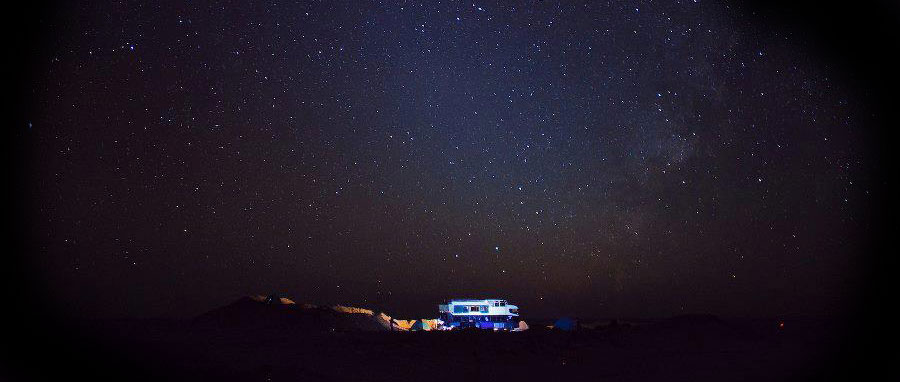
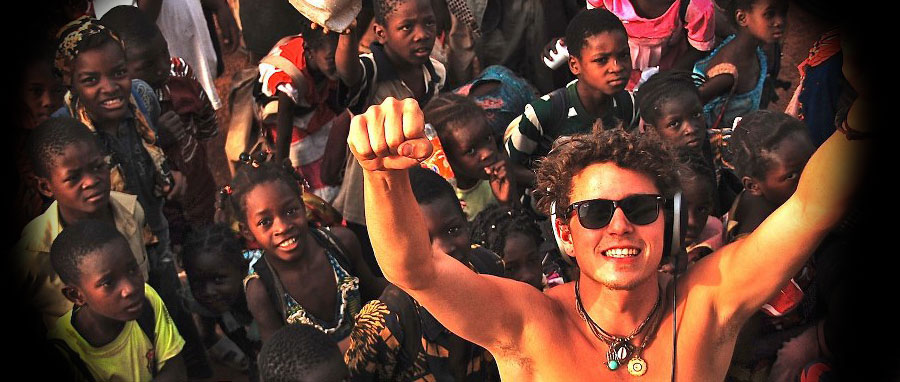
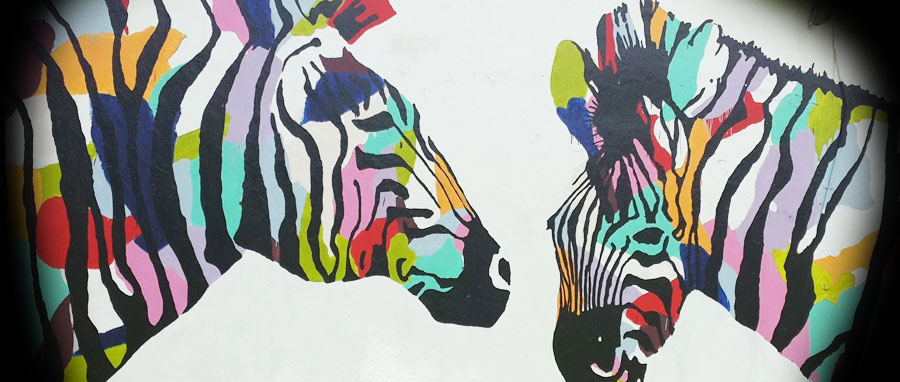
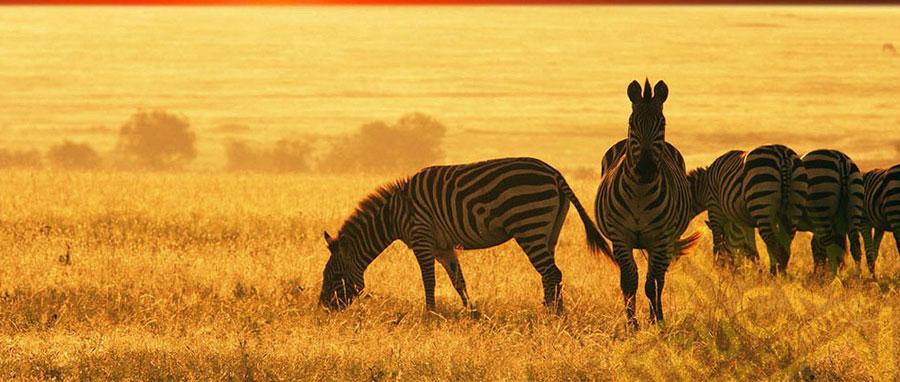

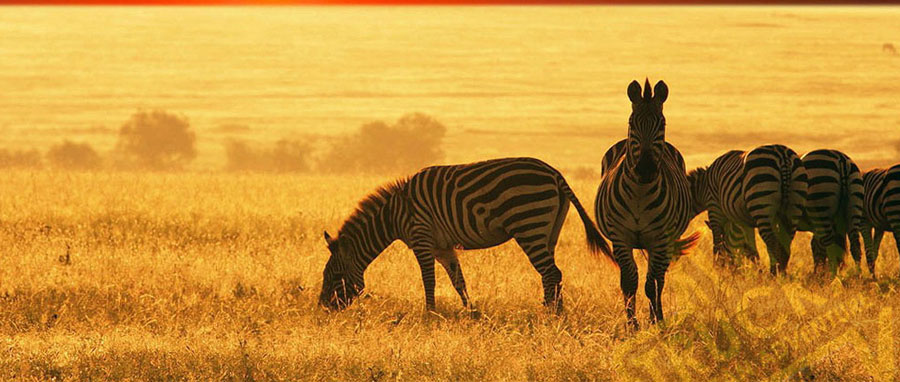
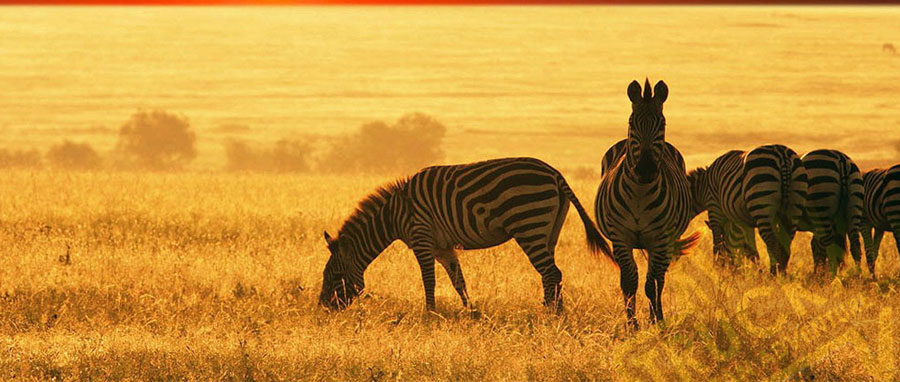
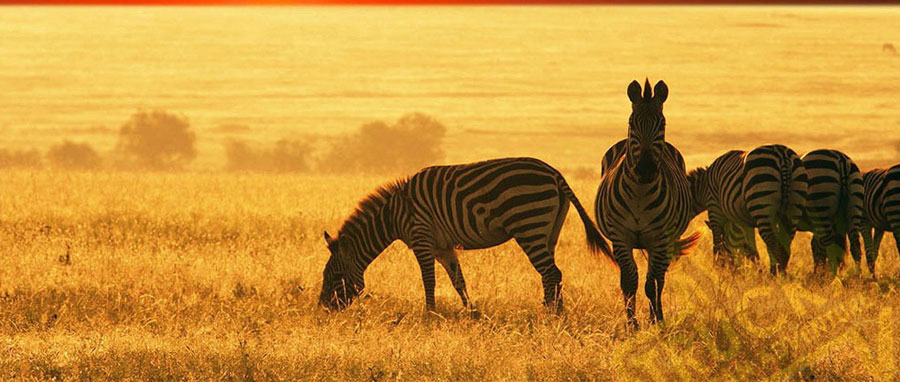
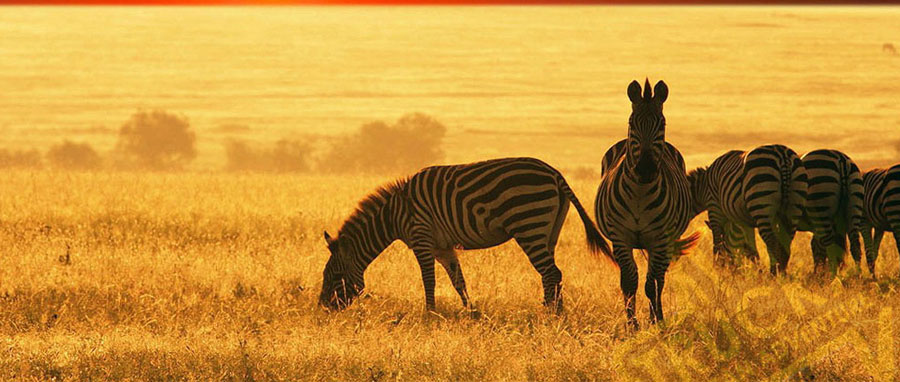



_adaptiveResize_624_288.JPG)
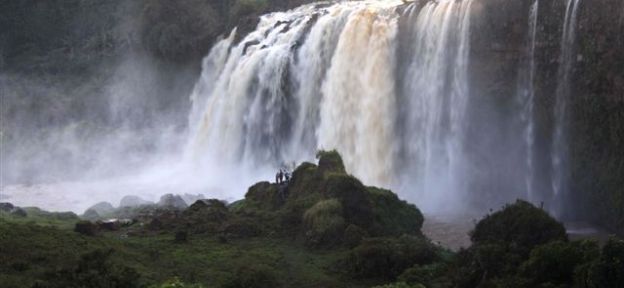
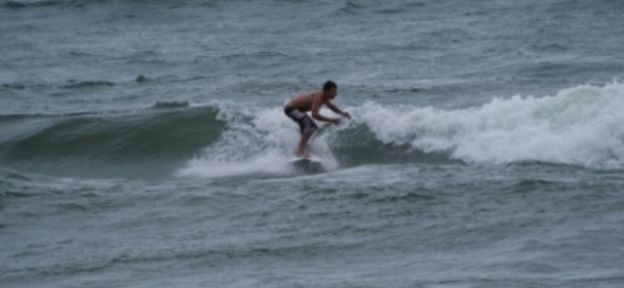
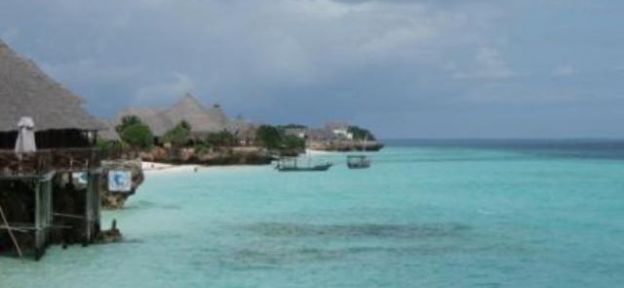

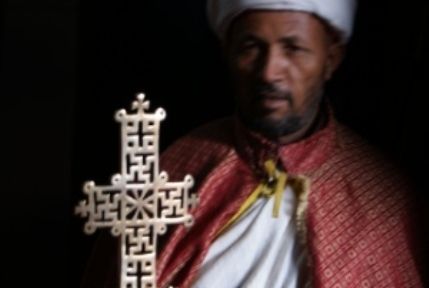
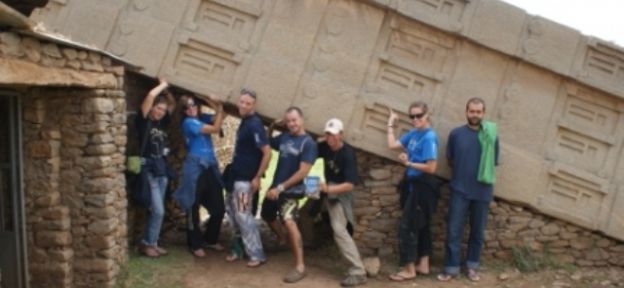
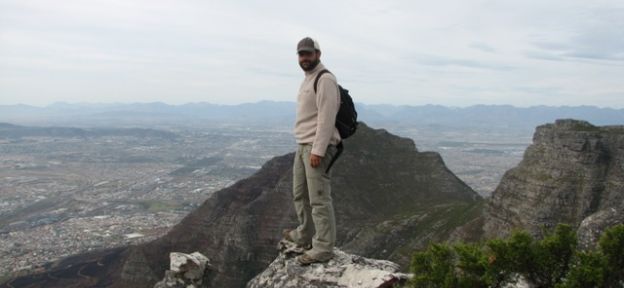
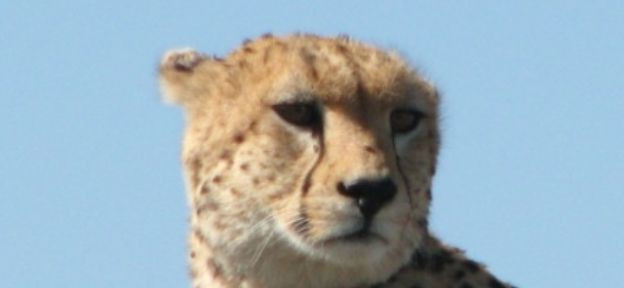
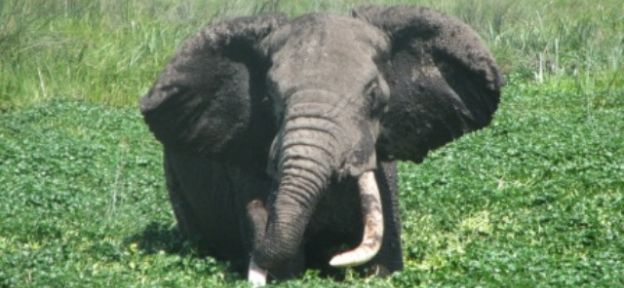
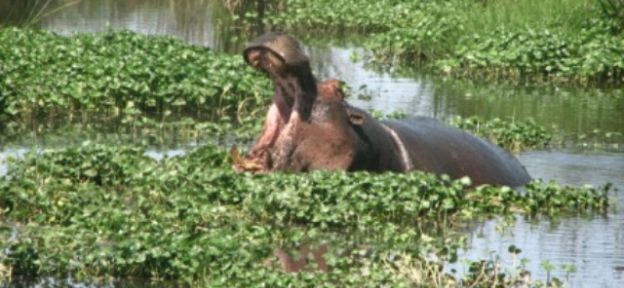
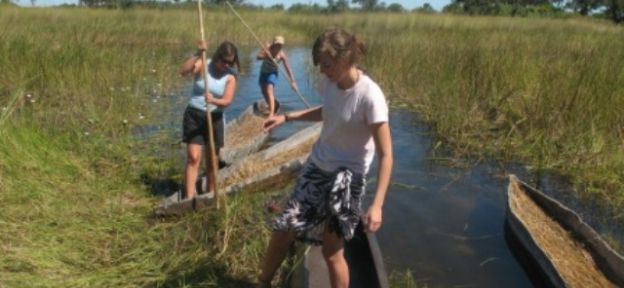
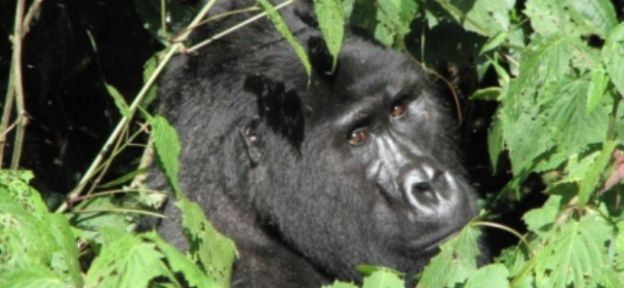
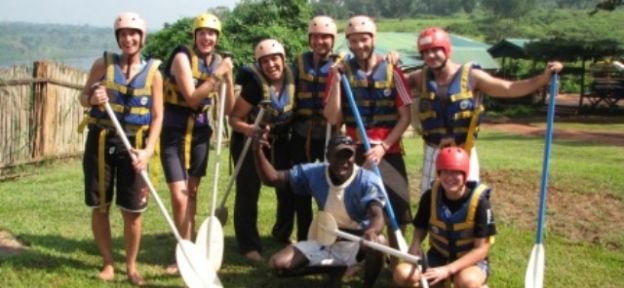
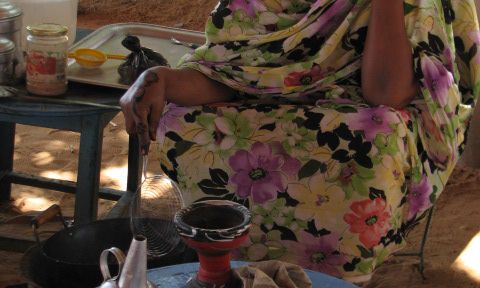
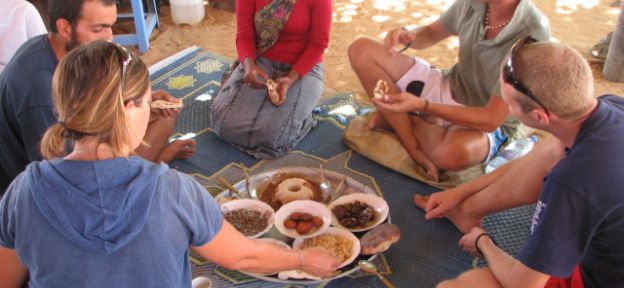

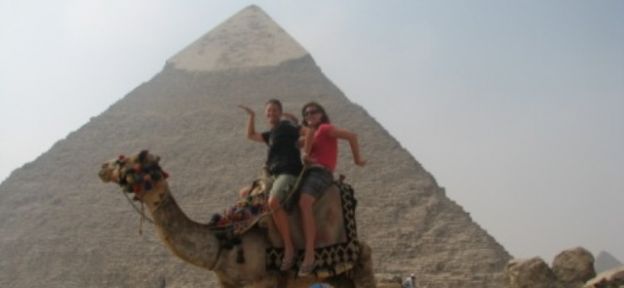

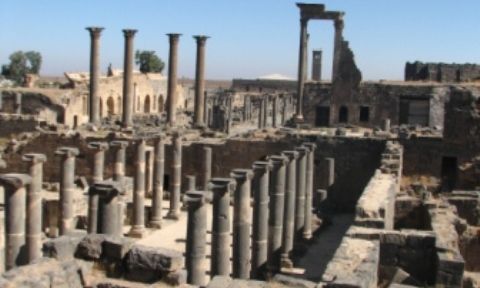
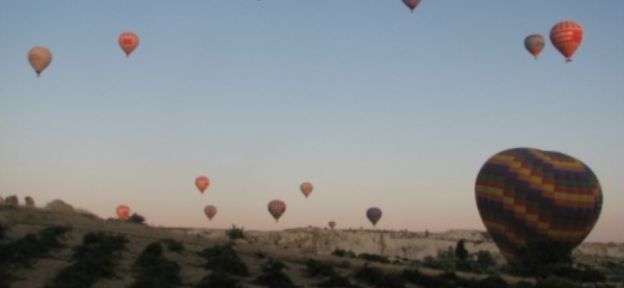
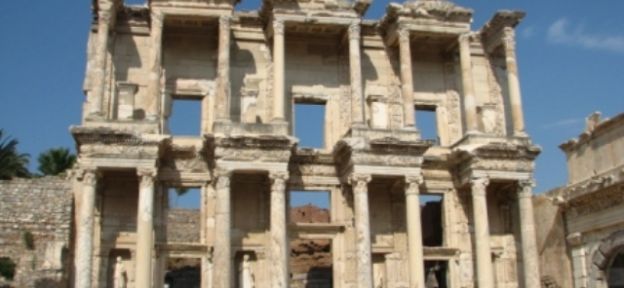
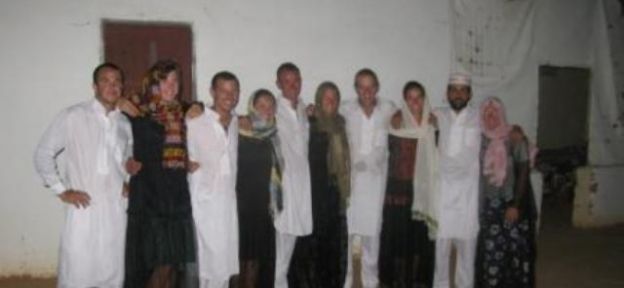
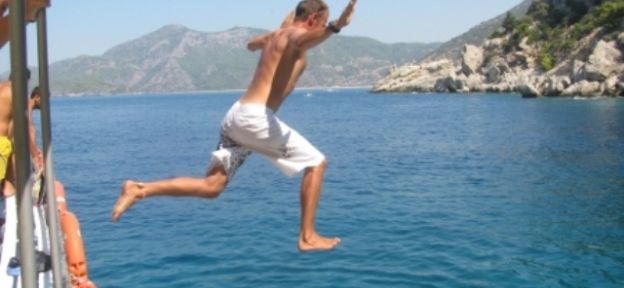
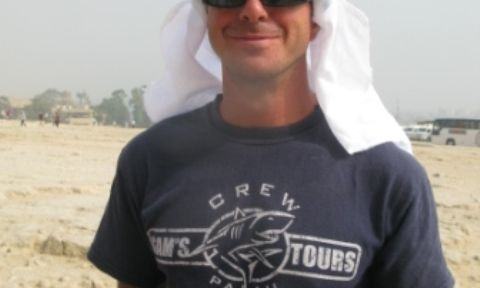
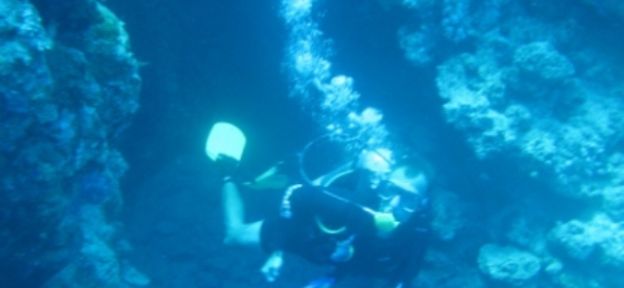
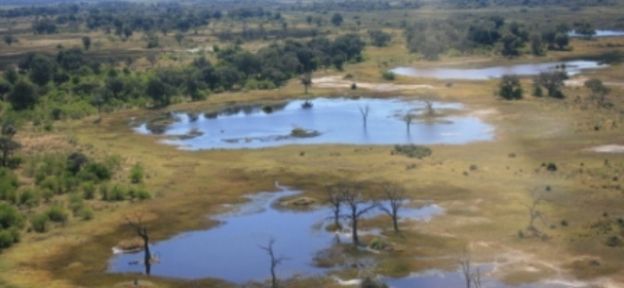
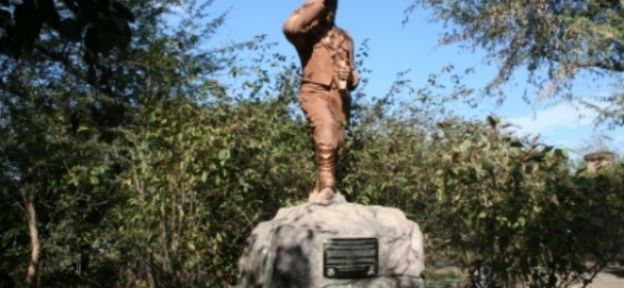
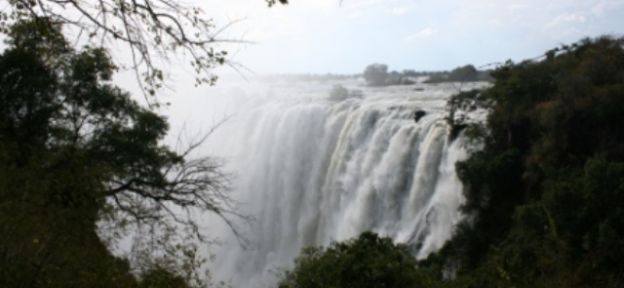
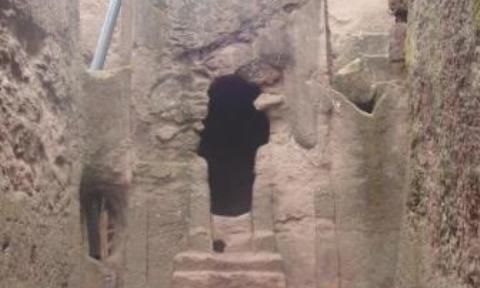
_adaptiveResize_624_288.JPG)
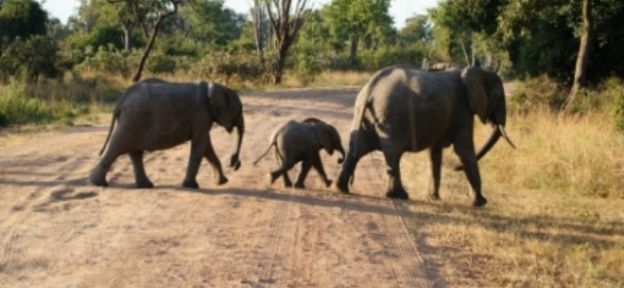

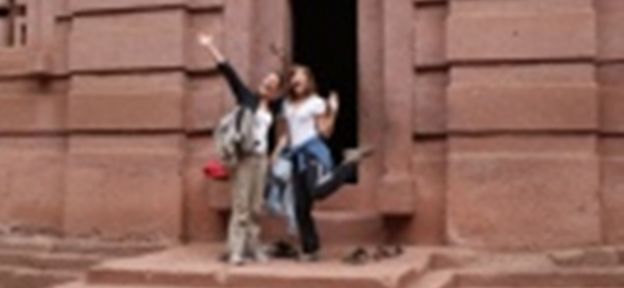
 Print this Page
Print this Page